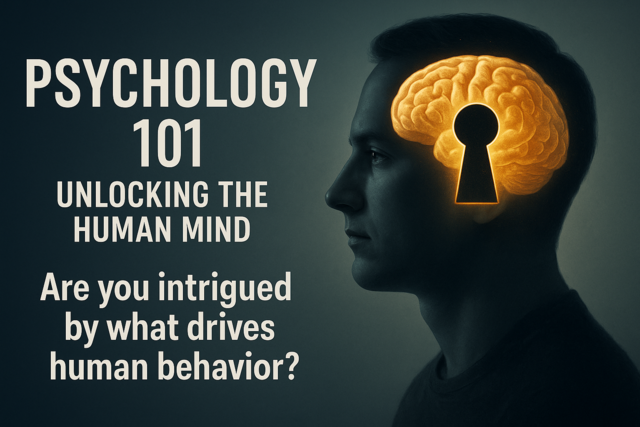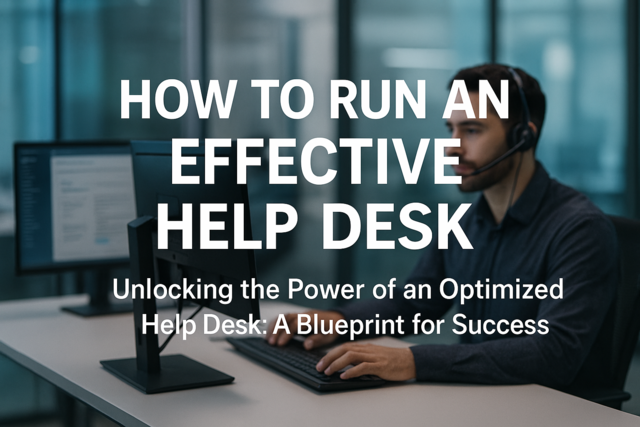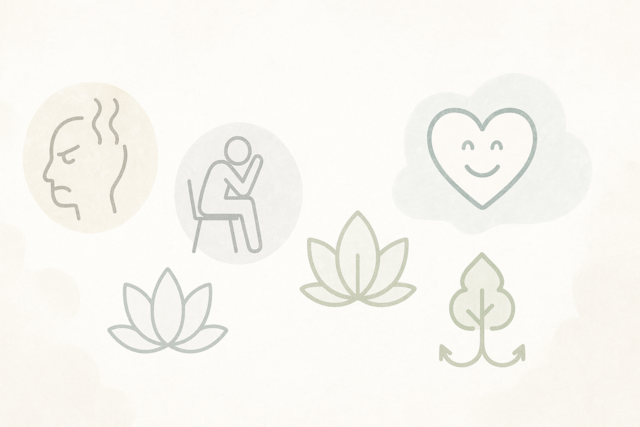There are numerous resources available to those who experience harassment in the workplace. These resources are a mix of laws, federal organizations, non-profits, and other groups that simply want to help stop harassment and discrimination. They all have vital information that anyone can use to help combat harassment and to set up their own plan for preventing it in their business. The website and contract information for each organization will be listed at the end of the appropriate section to allow you the chance to further explore what they have to offer.
The U.S. Department of Labor
The Department of Labor (DOL) is the main government agency that sets all of the guidelines, standards, and laws related to the workforce and business. Laws passed related to things like working conditions, employee rights, and other regulations are usually done under the DOL or with their assistance.1 Many of the laws that are pertinent to workplace harassment and have been discussed are overseen at the highest level by the DOL and its agencies. The DOL itself has many, many agencies and organizations that operate on their own but answer to the department at large, like the EEOC and OSHA.2
So what value does the DOL have for preventing workplace harassment? For the most part, the agency has all of the information related to the legal aspects of workplace harassment in full. At the senior most level, they are the ones who set those things in motion so it's sometimes worth it to go back to the source in order to get a better understanding of what you're dealing with. They also have reports and other documents regarding the workforce and the associated laws, which still may be helpful even if they are not specifically for harassment.3
For more information about the DOJ, consider visiting their website at www.dol.gov.
UNITED STATES DEPARTMENT OF LABOR
200 Constitution Ave. NW
Washington DC 20210
1-866-4-USA-DOL
1-866-487-2365
The Equal Employment Opportunity Commission (EEOC)
. They are the federal agency that focuses on federal laws related to discrimination and harassment.4 As the main investigative body for harassment and discrimination, they are the ones that collect data on workplace harassment and will be the one that receives any official reports that a company or business submits regarding harassment. They operate on their own, but they answer to the DOL in terms of government hierarchy and authority.
There are several different programs that the EEOC has created over the years that handle pretty much anything related to workplace harassment. This includes official research, task forces, enforcement, litigation, and regulations. The EEOC also releases press information about changes regarding laws and resources related to workplace harassment, as well as educational materials and programs.5 Basically, they are the primary source for anyone looking to prevent workplace harassment.
Contact information for the EEOC can be found at their website www.eeoc.gov. They have a main office in Washington, D.C. as well as 53 field offices throughout the country. A full listing of those addresses and contact information for each can be found at their website.
The U.S. Department of Justice
Like the DOL, the DOJ is a major government agency that addresses legal violations and criminal activity. In regards to workplace harassment, many of the laws related to discrimination and civil rights are maintained and enforced by the DOJ. Laws like the Americans with Disabilities Act (ADA) are one such example and the department's Civil Rights Division maintains a lot of the public information for them.6 Instances of workplace harassment that involve those laws often require separate reporting, which can be done through the DOJ or one of its subordinate organizations like the Civil Rights Division.7
A formal contact form for the DOJ can be found at their website, www.justice.gov. 8
U.S. DEPARTMENT OF JUSTICE
950 Pennsylvania Avenue, NW
Washington, DC 20530-0001
1-800-877-8339
Occupational Safety and Health Administration (OSHA)-
OSHA is an organization under the DOL that regulates and maintains workplace conditions and safety standards.9 They are not often associated with workplace harassment, per se, but they do get involved during cases of retaliation against those who have reported safety violations. Retaliation is considered a form of harassment, so the resources that OSHA can provide in the appropriate context can be very helpful. There is also the possibility that harassment could create unsafe working conditions in the workplace that would bring the situation under OSHA's jurisdiction-harassment can be distracting, which can cause a person to fail to follow proper safety protocols and violate OSHA's safety standards by accident.
More information about OSHA can be found at their website: www.osha.gov
OCCUPATIONAL SAFETY AND HEALTH ADMINISTRATION
200 Constitution Ave., NW
Washington, DC 20210
1-800-321-6742
RAINN: Rape, Abuse & Incest National Network-
RAINN will usually be a resource for workplace harassment in cases of sexual harassment where things may have significantly escalated and when someone has been raped. They are a nation-wide network and are one of the largest organizations for victims of sexual violence.10 They offer a ton of resources, including the National Sexual Assault Hotline (1-800-656-HOPE), and are partnered with literally thousands of sexual assault services providers throughout the country. They also partnered with the Department of Defense's Safe Helpline.
One of the more significant resource offerings that RAINN has for victims is their numerous programs that are designed to help prevent all kinds of sexual violence, and provide support and assistance for victims. There are also education and consulting services, which can be used by any person or organization. RAINN also has one of the largest collections of information and data regarding sexual violence and the associated laws in all fifty states. For business where sexual harassment has included rape, RAINN's resources can be incredibly helpful for everyone involved who may need assistance with the situation.
Learn more at www.rainn.org.
Employee Assistance Programs
EAP's are programs that offer many different services regarding personal and workplace problems that employees may have. Those services include things like counseling, assessments, referrals, and follow-up programs, most of the time at no-cost to the employees who use them.11 Costs of these programs usually fall upon the business or company that solicited the services of the EAP for their employees. There are dozens of issues that EAP counselors are able to work with and they can collaborate with members of management in a business or organization.
In some cases, an EAP can be used to help a victim of workplace harassment deal with the effects and recover. For severe cases where the harassment was extensive or violent, this may be a necessary option to help them heal. Employees who were not victims of workplace harassment but were indirectly affected by it (e.g. bystanders, witnesses) can also use the services of an EAP to deal with the situation and restore a sense of normalcy back into the workplace.
EAPs are not a formal organization or group. Employers and businesses can form their own EAP, or they can reach out to some of the established ones that act as independent companies. Larger businesses and corporations are more likely going to be able to create their own internal EAP due to their financial abilities. For those that don't want to create their own EAP or are unable to due to budget restrictions, but want the services of one will need to hire an EAP provider. To do this, you can research what's available in your area-a simple internet search may suffice. You can also look at EASNA-the Employee Assistance Trade Association-which offers information about EAP services and has a directory of accredited and legitimate EAPs throughout the world.12 EAPs in EASNA's directory are sorted alphabetically rather than by location, so it may take some time to find one that is near you.
You can visit EASNA's website at www.easna.org
International Association on Workplace Bullying and Harassment
IAWBH is a non-profit group that operates in over thirty countries. They offer resources that lean more towards academics and research, but they can still be used by anyone who wants to combat bullying and harassment in the workplace. The organization was originally founded in 2008 at a conference in Montreal, Canada and has accomplished quite a bit in the short time that it has been around.13
The unique thing about the IAWBH is that its membership includes some of the world's best experts on workplace harassment. A lot of the resources it provides are going to be things that are not traditional public resources due to the organization's scholarly nature, but it can help if you're trying to stay on top of harassment-related research. The organization offers a newsletter to keep subscribers in the loop of IAWBH's member's activities and the events the group offers. Among those events include a biyearly conference (next one is in 2018 in France), a biyearly summer school on workplace harassment education, and participation in other industry conferences.14
The IAWBH is a membership based organization that is open to anyone, not just scholars of workplace bullying and harassment.15 Interested parties can join as a student or as a regular member. There are fees, in Pounds (Great Britain): �60.00 for regular members and �40.00 for students. The USD equivalent, based on current conversion rates, would be about $78.10 for regular and $52.07 for student. There is a corporate membership option, for businesses and companies that wish to join, that will be available in the future.
You can learn more at their website: www.iawbh.org
Workplace Fairness
An non-profit organization, Workplace Fairness offers information and assistance regarding employee rights.16 Anything related to your rights as a member of the workforce, and WF is likely to have information on it. They have resources on topics such as harassment, discrimination, and retaliation and it's kept as up-to-date as possible. WF also includes legal information, including what is need to build a case, under what circumstances a lawyer is needed, and what legal options are available for several different situations. Due to their extensive collection of resources and information on basically every single possible workplace-related topic, WF can be an incredibly valuable tool for any employee or employer who needs help.
WF also has links and information on different government agencies, federal and state, that a person would need to contact regarding a claim. They also have highly detailed contact information for each of those agencies. It can be viewed as a one-stop for all your needs regarding workplace issues like harassment. It's also free to use.
Check out what they have to offer at www.workplacefairness.org
Unions
More so a resource for particular industries, some unions offer resources related to instances of workplace harassment. If you're a member of a union and you experience harassment of any kind while at work, they you may want to consult a representative about what help they can offer. Not all unions will have resources available regarding harassment in the workplace, so it's a good idea to check first before deciding to rely on them for help. In some cases, their involvement may be based on the circumstances-e.g. both the harasser and the victim are members of the union. They may also be willing to simply offer support for their members.
State & Local Level Organizations























